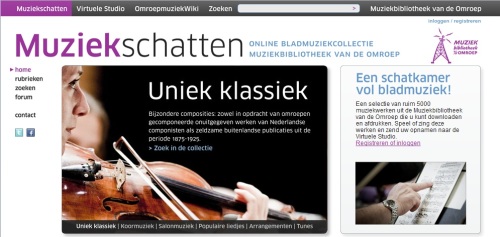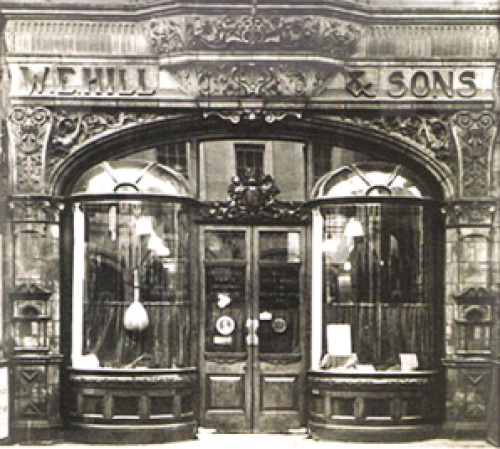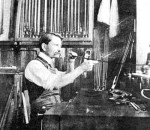
A 28-year-old woman urgently needed a tooth extraction, and local anesthesia was not an option.
The patient was offered all of the other anesthetizing options, but she chose music instead. A recording of a Rām dhun (Hindu devotional song for the deity Rāma) was played. The patient did not show any signs of pain or any pain behavior during the extraction procedure, indicating that analgesia was induced through music.
This according to “Extraction of a grossly decayed tooth without local anesthesia but with audio analgesia: A case report” by Manish Bhagania and Anirudha Agnihotry (Music and medicine: An interdisciplinary journal III/4 [October 2011] n.p.). Below, Morari Bapu sings the Rām dhun Hare Rām.













